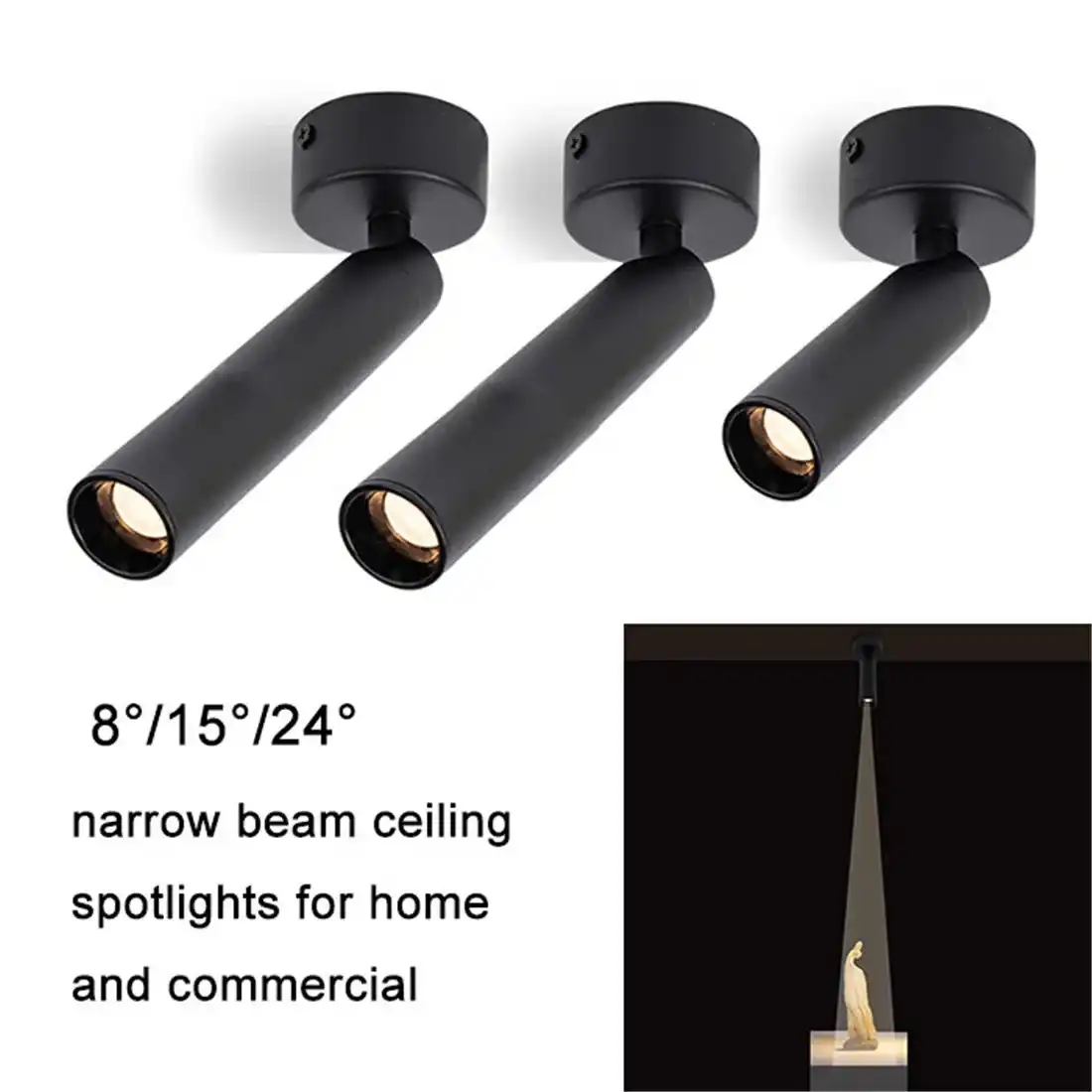The Technology Behind Flexible Lens Wall Wash Strips
Advanced Optical Engineering
At the heart of flexible lens wall wash strips lies sophisticated optical engineering. These strips utilize precision-crafted lenses that are specifically designed to distribute light evenly across vertical surfaces. The dual-curvature optics, featuring both forward and side curved LED lenses, create a wide beam angle of up to 120 degrees. This expansive spread eliminates hotspots and ensures uniform luminance distribution, resulting in a smooth, consistent wash of light that enhances architectural features without distracting glare.
Many high-quality flexible lens wall wash strips incorporate micro-prism technology within their lenses. This innovation further refines the light output, reducing glare and improving visual comfort for occupants in the illuminated space. The result is a softer, more diffused light that still maintains the intensity needed to accentuate architectural elements effectively.
Dynamic Flexibility and Durability
The flexibility of these strips is a game-changer in architectural lighting. Advanced polymer materials allow the strips to bend and conform to curved surfaces with radii as tight as 15cm. This arc-adaptive design opens up a world of possibilities for lighting designers, enabling them to illuminate columns, arches, and organic structures with a continuous, unbroken line of light.
Durability is another key feature of flexible lens wall wash strips. High-quality strips are engineered to withstand extreme temperatures, typically ranging from -40°C to +85°C, without yellowing or becoming brittle. This thermal stability ensures that the strips maintain their flexibility and optical properties over time, even in challenging environmental conditions.
Moreover, these strips are often rated IP67 or higher, making them waterproof and dust-resistant. This level of protection allows for their use in outdoor applications or in areas with high humidity, expanding their versatility in various architectural contexts.
Seamless Integration and Customization
One of the most compelling aspects of flexible lens wall wash strips is their ability to create seamless runs of light. Patent-pending interlocking connectors allow for continuous installations up to 20 meters or more without visible gaps. This feature is crucial for creating uninterrupted lines of light that can trace the contours of a building or define the edges of an interior space.
Customization options abound with these versatile lighting solutions. They are available in various color temperatures, typically ranging from warm white (2700K) to cool white (6500K), allowing designers to choose the perfect light quality for their project. Some manufacturers offer RGB or RGBW options for dynamic color-changing capabilities, further expanding the creative possibilities.
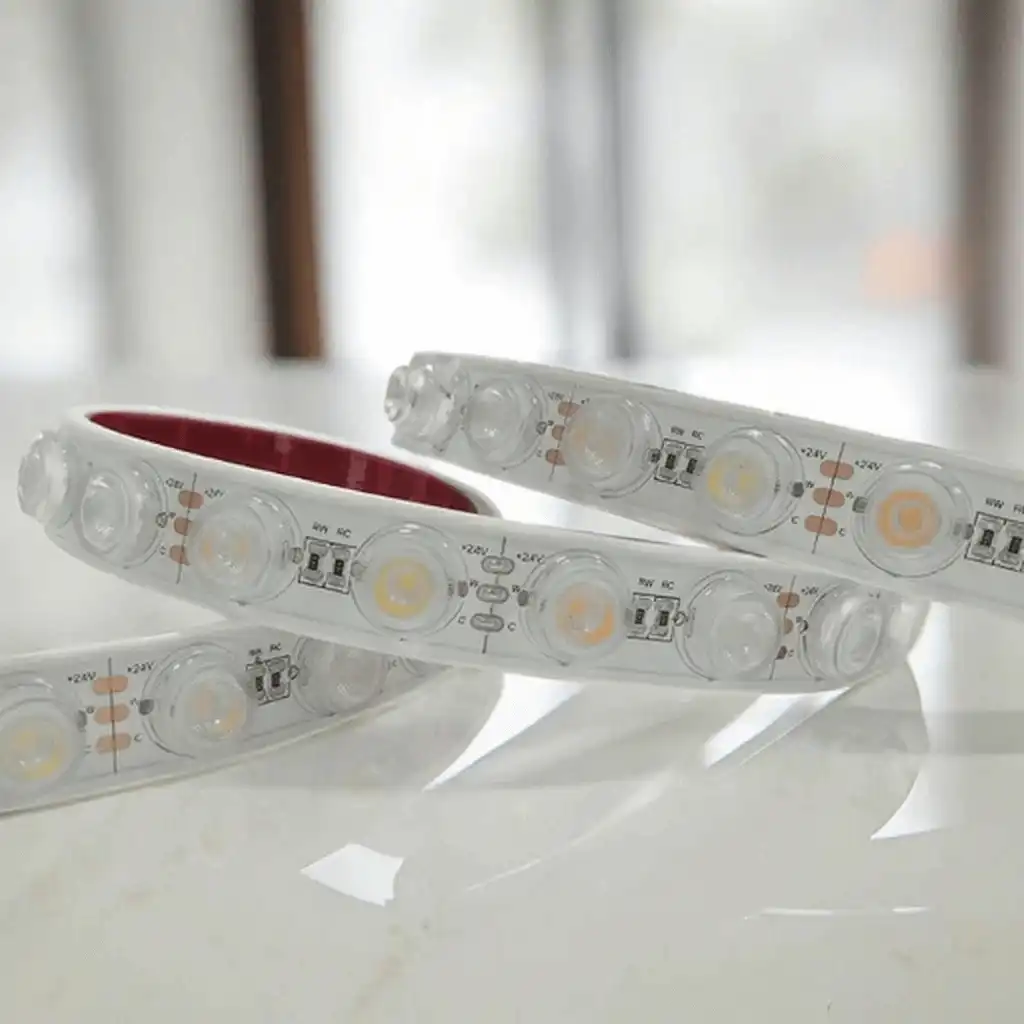
Applications and Benefits in Architectural Lighting
Enhancing Architectural Features
Flexible lens wall wash strips excel at highlighting architectural features. Their ability to produce even, glare-free illumination makes them ideal for accentuating textures on walls, columns, and other vertical surfaces. In museums, these strips can dramatically enhance the presentation of artwork by providing consistent, high-quality light that reveals detail without casting harsh shadows.
In retail environments, flexible lens wall wash strips can transform displays and create immersive brand experiences. The strips' ability to follow curved surfaces allows for creative lighting designs that guide customers through the space and draw attention to key products or areas.
Creating Dynamic Lighting Effects
The versatility of flexible lens wall wash strips enables lighting designers to create dynamic effects that were previously challenging or impossible to achieve. By manipulating the placement and angle of the strips, designers can craft dramatic shadows, emphasize three-dimensional forms, or create the illusion of movement through light.
In hospitality settings, these strips can be used to craft ambient lighting that changes throughout the day, mimicking natural light patterns or setting specific moods for different times and events. The ability to integrate these strips into curved architectural elements allows for subtle, indirect lighting that can dramatically alter the perception of a space.
Energy Efficiency and Sustainability
LED technology underpins flexible lens wall wash strips, offering significant energy savings compared to traditional lighting solutions. The high efficiency of LEDs, combined with the precise optical control provided by the lenses, means that less energy is wasted in illuminating areas that don't require it.
Many of these strips operate on low-voltage DC power, further improving their energy efficiency and safety. The long lifespan of LED technology, often rated at 50,000 hours or more, reduces maintenance requirements and replacement costs over time. This longevity, coupled with the durability of the strips, contributes to a more sustainable lighting solution that aligns with green building practices.
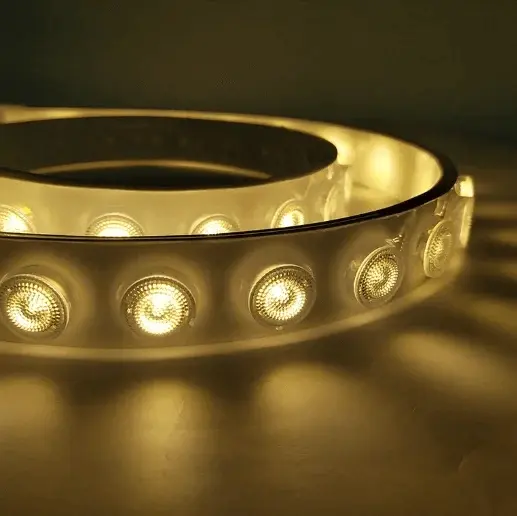
Installation and Maintenance Considerations
Ease of Installation
Flexible lens wall wash strips are designed for relatively straightforward installation. Most systems come with mounting clips or channels that can be easily attached to various substrates, including concrete, drywall, and metal. The flexibility of the strips allows installers to work around obstacles and conform to curved surfaces without the need for custom fabrication.
Many manufacturers provide plug-and-play connectors and pre-wired options, simplifying the electrical connections and reducing installation time. However, it's crucial to work with experienced installers who understand the specific requirements of LED strip lighting, particularly when it comes to power supply and control systems.
Power and Control Considerations
Proper power management is essential for the optimal performance of flexible lens wall wash strips. These strips typically operate on 24V DC power and require compatible LED drivers. It's important to calculate the power requirements accurately and ensure that the drivers can handle the total load of the installation.
For larger installations, it may be necessary to implement a distributed power system to maintain consistent voltage along the entire length of the strip. Additionally, considering the integration of lighting control systems can greatly enhance the functionality of the installation, allowing for dimming, color changing, and scene-setting capabilities.
Long-term Performance and Maintenance
While flexible lens wall wash strips are designed for longevity, proper maintenance is key to ensuring optimal performance over time. Regular cleaning of the lenses helps maintain light output and quality. In outdoor installations, periodic inspections for water ingress or damage to the housing can prevent long-term issues.
It's also important to monitor the ambient temperature around the installation, as extreme heat can impact the lifespan of the LEDs and other components. Proper heat dissipation and adherence to maximum run lengths as specified by the manufacturer will help ensure the longevity of the system.
Conclusion
Flexible lens wall wash strips represent a significant advancement in architectural lighting technology. Their combination of optical precision, dynamic flexibility, and robust performance opens up new possibilities for creative and functional lighting design. As the technology continues to evolve, we can expect to see even more innovative applications of these versatile lighting solutions in architecture and interior design.
For those looking to explore the possibilities of flexible lens wall wash strips in their next project, it's essential to work with knowledgeable suppliers and experienced lighting designers. They can provide guidance on product selection, installation best practices, and creative applications that will truly revolutionize your architectural lighting. For more information on cutting-edge LED lighting solutions, including flexible lens wall wash strips, contact the experts at sales@uskyled.com.
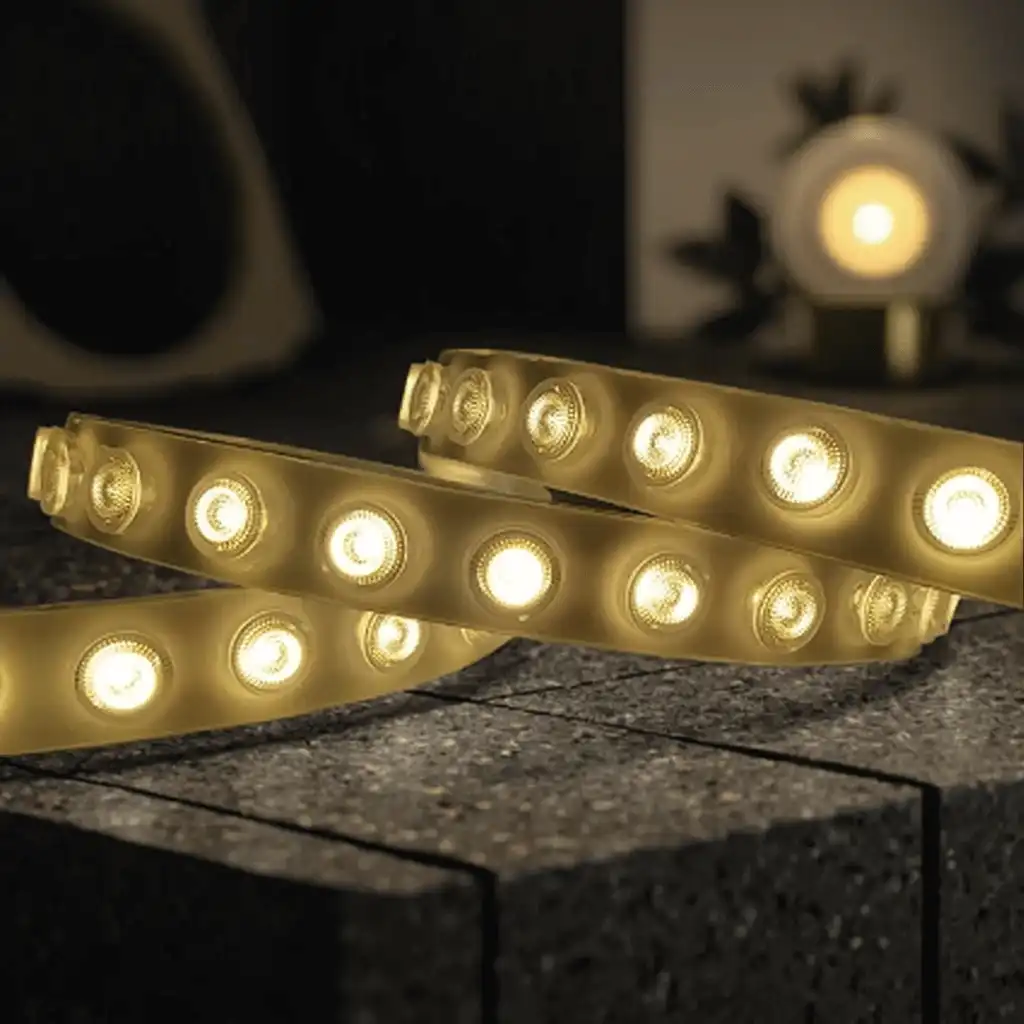

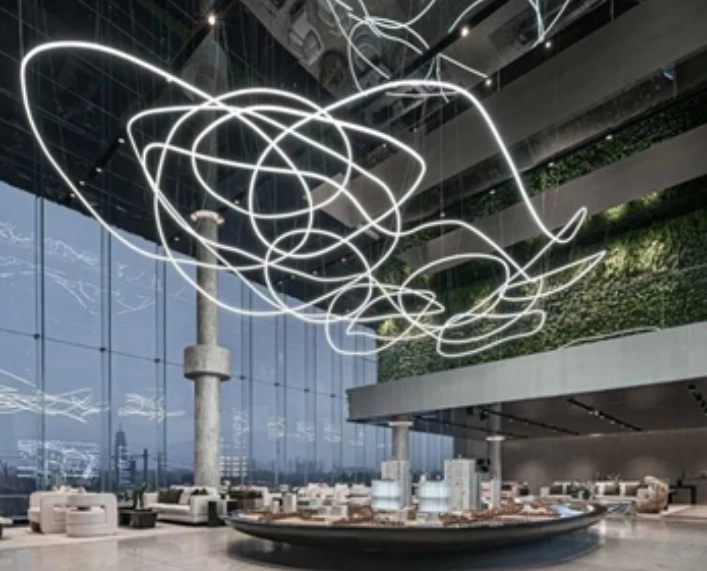
![What is Dimmable Track Lighting for Museum: Best Guide [2025]](/icms/upload/0d08cc601e7611f0b542b3ca0c0f4a83/pic/knowledgemanager-knowledgepic/e7879f32605f11f081911f363b8c1ed0/Directory/20250717 dimmable track lighting -1(1)_1752739217941.webp)
